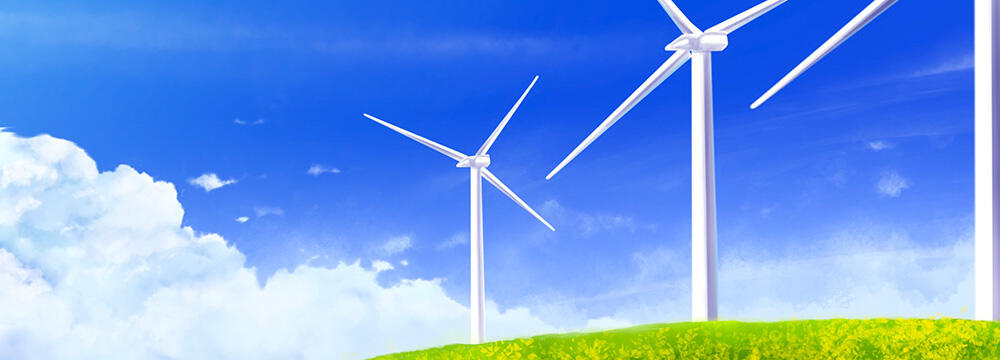
超撥水材料HIREC100※をブレードの要所に塗装し、発電効率向上に有効であるかを確認するための試験施工を行いました。
※ HIREC100は、HIREC-Rの先行品です。両製品の性能は同等です。| 問題点や課題のポイント |
|
風力発電では、冬季の着雪・着氷による発電効率低下が問題となることがあります。ブレードを加熱することにより融雪・融氷する方式もありますが、加熱電力コストが高いことや、融雪・融氷された水が再度ブレードで凍結するランバック着氷が課題です。 |
| 対策のポイント |
|
超撥水材料HIRECをブレードの要所に塗装し、発電効率向上に有効であるかを確認するための試験施工を行いました。 |
 |
HIRECを塗装しない場合と比較して、約9ptも発電効率が改善されたことが分かりました。 |
| 実施概要 | |
|---|---|
| 場所 | 欧州の山中高所にある風力発電機(冬季は氷点下10℃を下回り、積雪等も発生する地域) |
| 実施内容 | HIRECを塗装しない通常の風力発電機と、HIRECをブレードの要所に塗装した風力発電機について、1年間の発電効率を比較。 |
| 結果 |
HIRECを塗装しなかった風力発電機の発電ロス率(全機平均):約27.5% HIRECを塗装した風力発電機の発電ロス率:約18.5%↓ |


 閉じる
閉じる